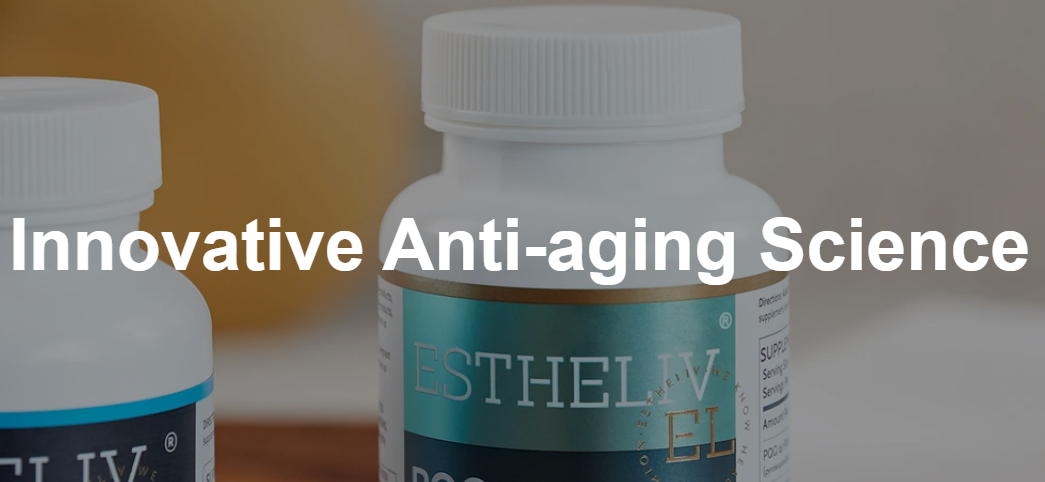Pyrroloquinoline quinone (PQQ), also known as methoxatin, is a water-soluble, vitamin-like nutrient that has garnered significant attention for its biological activities. Its chemical properties are similar to those of riboflavin, ascorbic acid, and other redox cofactors. PQQ is also known to have antioxidant properties.
The antioxidant activities of PQQ are attributed to its ability to catalyze redox reactions. This action has the potential to antagonize several types of oxidative stress-induced cell damage. In addition, PQQ is particularly effective at neutralizing superoxide radicals, such as hydroxyls. These radicals cause mitochondrial dysfunction.
PQQ has been found to be especially effective in the treatment of oxidative stress-induced cardiac injury, such as in patients with reoxygenation cardiac injury. Pretreatment with PQQ accelerated mitochondrial movement and restored respiratory capacity, in a model of premature senescence. Other studies have found that PQQ protects against glutamate-induced cell apoptosis.
Pyrroloquinoline quinone is found in many foods and has been associated with immune and neurological health. Some of its physiological functions include the production of a-tocopheroxyl radicals, the oxidation of thiols and ubiquinone, and the adduct formation of aqueous suspensions of semi-purified diet forms.
PQQ has been shown to be an accessory factor to other metabolic enzymes and enzymes responsible for redox cycling. Because of this, it is considered to be a vitamin-like nutrient. In terms of its chemistry, it is an enzymatically-produced, water-soluble PQQ disodium salt. When added to aqueous suspensions of semi-purified dietary products, it adducts rapidly, resulting in the rapid formation of a variety of derivatives.
